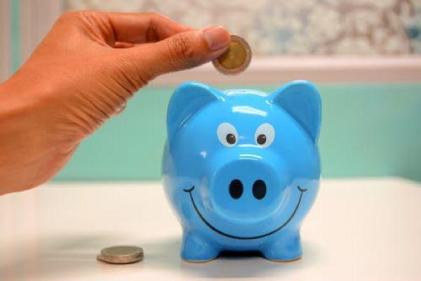A child’s skin is thinner and more sensitive than that of an adult so a burn can be more serious to a toddler.
Let’s start with the worst case scenario... If your child has been burned you should get them away from the source of the burn and if fire is present, use a blanket or towel to out the fire out. Call emergency services. Do not touch the burn or even breathe on it. Serious burns can easily become infected. Place a clean towel over the burned area and if your child has stopped breathing, start CPR.
Burns are categorized as follows:
First degree burn – this means the outermost layer of skin is burned. Sunburns are considered first degree burns.
Second degree burn – this is a very painful burn in which the second layer of skin is affected resulting in blisters and swelling.
Third degree burn – this is the most serious type of burn and is often life threatening. All layers of the skin and even tissue are burned and nerves are damaged.
Most burns in children are fortunately minor and caused by such things as touching a burning candle or a hot dish. In the case of a minor burn, use cool water or a cool compress (not ice) for 10 to 15 minutes, dry the area and cover it with a sterile bandage.
If the burn causes pain, you can administer paracetamol or ibuprofen. If a blister forms, use an antiseptic ointment and bandage the burn with a non-stick type bandage. Blisters play an important role in healing so you never want to break a blister open.
Never apply butter, lotion, grease or any type of powder to your child’s burn. Do not use ice on a burn. The skin in a burned condition is too easily damaged by ice.
Your child’s minor burn should heal up in just a couple of days.






